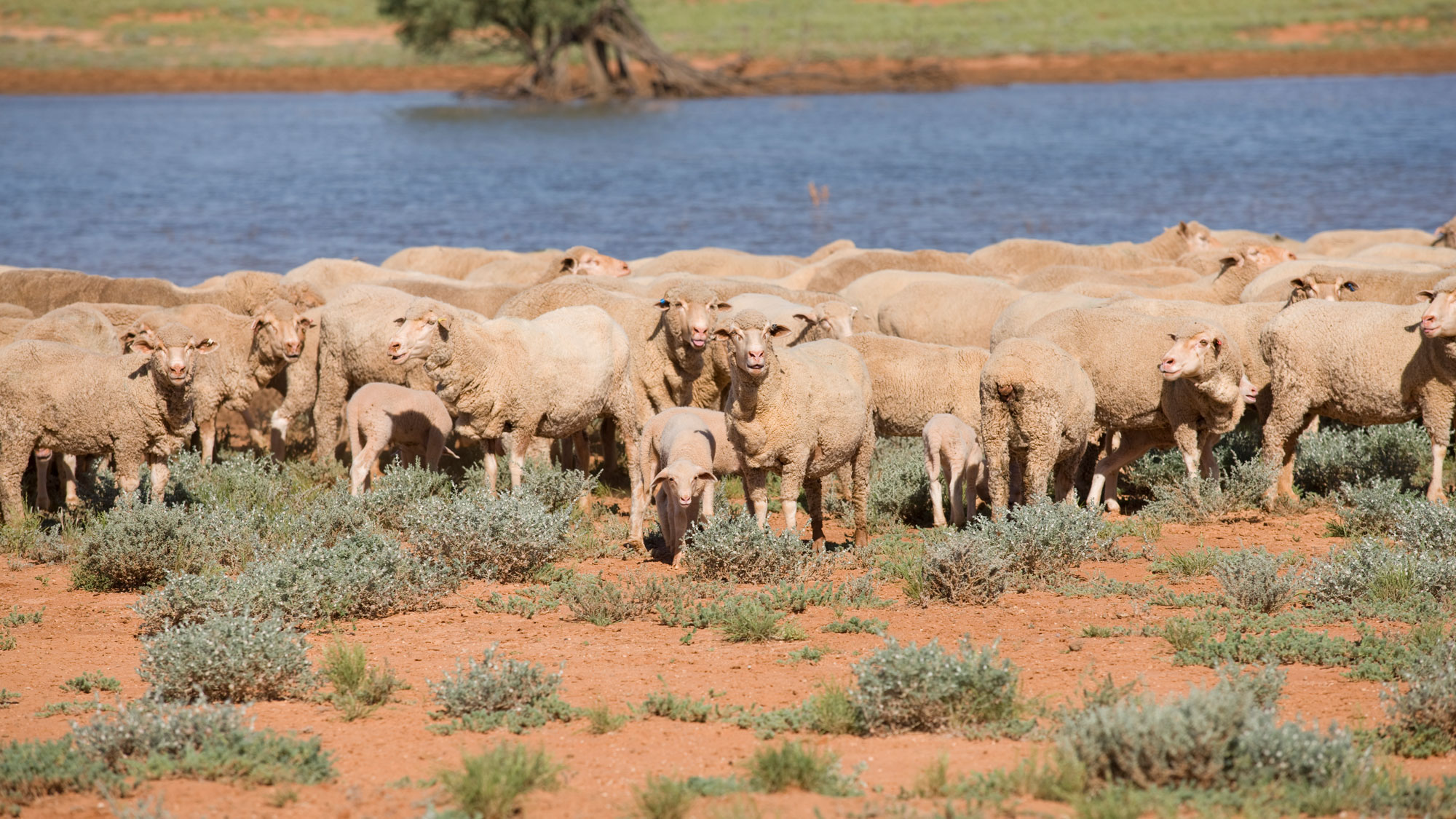Tool 12.16 Controlling wild dogs
Tool 12.16 Controlling wild dogs
As with all predator control, integrated approaches, using a variety of control techniques, are the most effective means of control. There are examples of wild dog management programs in NSW, Victoria, SA and Queensland that have resulted in good levels of control. These programs are successful because they involve a coordinated approach to deliver strategic and integrated control in areas where wild dogs are known to occur.
Producers need to be proactive and deliver wild dog control programs in conjunction with neighbouring properties before impacts are seen in the paddock. Becoming familiar with the signs of wild dogs is extremely important as they are much more elusive than foxes and are rarely seen. Field days demonstrating wild dog control techniques and awareness of wild dog signs in the paddock are conducted by various organisations throughout the pastoral region, however a suite of information is available from PestSmart.
The major forms of wild dog control are similar to those for foxes. One or two regionally coordinated aerial and or ground baiting programs per year, with additional replacement baiting programs or the use of canid pest ejectors (CPE) on-farm and in conjunction with neighbours, will limit wild dog numbers and the threat of livestock losses. Additional tools to control wild dogs include trapping with soft jaw traps, predator proof fencing and guardian animals. Shooting wild dogs is largely opportunistic, but is an effective tool nonetheless.
Wild dog trapping with soft jaw traps is time consuming however, when done effectively, is extremely efficient and allows the producer to target individual wild dogs that are less likely to consume baits. Practical demonstrations are provided at field days or though some professional trappers.
The National Wild Dog Action Plan (NWDAP) has a suite of resources on their Wild Dog Management page, including a diagnostic tool to understand if dogs are a problem on your property, key contacts in each state, tools for planning a Wild Dog Management Plan, case studies and an overview of management tools for the control of wild dogs.
Download the Wild dog control planning calendar for a calendar approach to the best time of year for targeted control of wild dogs.






